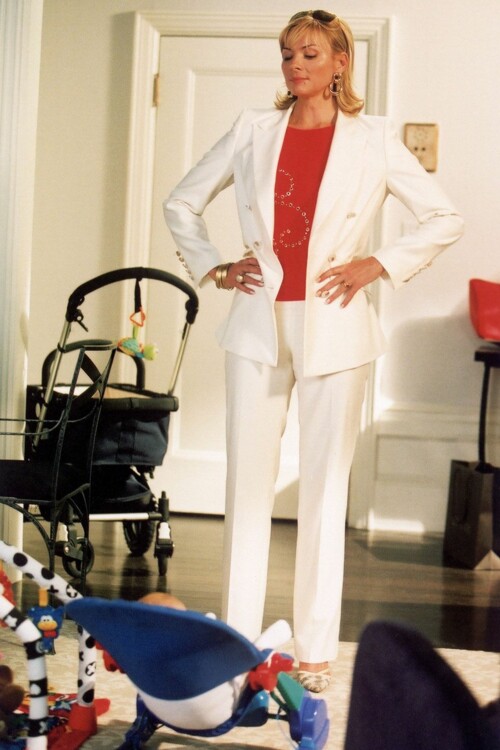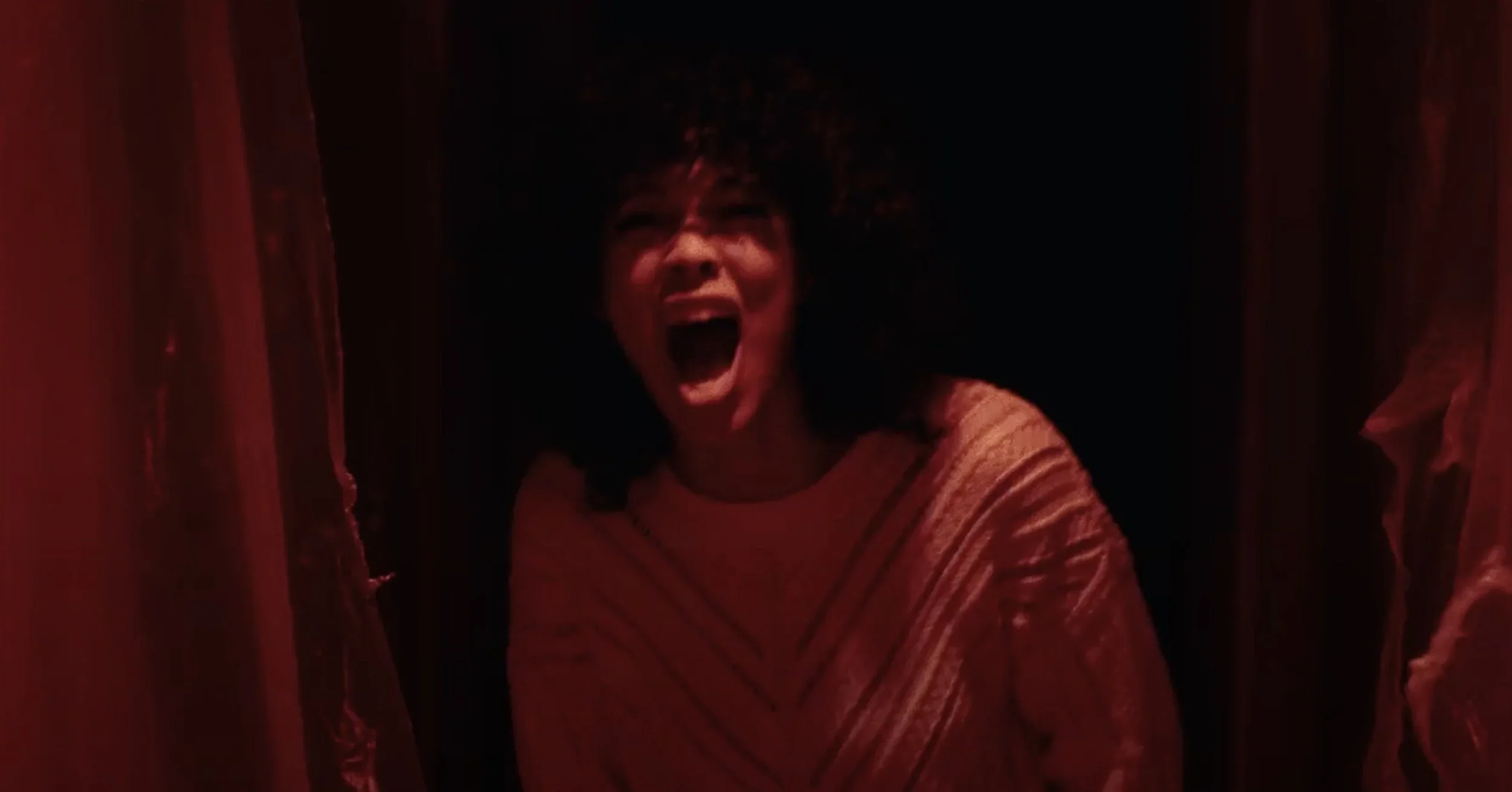
On June 6, 1998, the first episode of Sex and the City aired on HBO, which later became an encyclopedia of life for many girls. The four main characters – Carrie, Samantha, Charlotte and Miranda – have inspired millions of fans to change their lives. The audience admired their freedom, self-confidence and self-sufficiency, which manifests itself in absolutely everything, whether it is buying Manolo Blahnik shoes for the last money or having sex with the first comer they are unlikely to see again.
It would seem, which of us would not like at least a little like one of them? Carrie has found the man of her dreams, Miranda has built an incredible career, Charlotte has found happiness in a measured family life, and Samantha has lived every day like it was her last. But in reality, the four fragile women were hiding behind their strong and independent masks, taking on a specific role to protect themselves from others.
We spoke with Gestalt therapist Ekaterina Artemenko from the Yasno service and Galina Laisheva, a clinical psychologist and psychotherapist, about what the protagonists of Sex and the City really are and why we shouldn’t follow their example.
Carrie Bradshaw

Carrie suppresses her anger by trying to be a beautiful flower. We don’t see how angry, demanding and openly competing he is. The hero believes that the world will prefer him if he is always beautiful, graceful, malleable, kind (in a word, ideal). But this setting is incorrect and should not be copied. The hero is emotionally attached to Mr. Big – even the phrase “the man of my dreams”, “the man of my life” speaks of it.
Emotional dependence pushes the boundaries of Carrie’s personality and forces her to define herself and her happiness primarily through relationships rather than creativity, freedom or success, for example. This greatly separates Carrie from Samantha, for whom freedom and success are the main things. That’s why she’s not in a relationship with another important man in her life – Aidan. This heroine turns out to be very accessible, and Carrie needs to feel connected to her, not the other way around. This is very scary for him: after all, he is used to relationships in which he is not on the throne, and he appreciates it.

Carrie needs Big’s qualities of independence and a clear understanding of her own limits. Big himself also needs the heroine and intimacy with him – but this makes him weak, vulnerable in his own eyes, and he occasionally runs away to regain control over himself and the situation. Carrie, on the other hand, is afraid of the idea of self-sufficiency, being aggressive, and being on her own. They are pulled together and repulsed as they both try to avoid – each on their own.
And when everyone understands what is difficult to accept, relationships become possible. Carrie admits that she can be herself, not just beauty, tenderness and sadness. The hero gives up his flexibility and says goodbye to something. Big admits that he is not superhuman, and that his fear of intimacy and dependency is no guarantee of his superpower. Heroes can connect by stopping the fight that takes place in the series finale.
Charlotte York

Charlotte is the most disturbing of the heroines. She worries about not getting into an awkward situation, trying to anticipate all difficulties and keep them under control. Anxiety in relationships with men causes you to quickly jump from a first date to an imaginary wedding: you really want a formal confirmation of love and a sense of security. From time to time, the hero faces disappointments: almost a stranger cannot take responsibility for him and involuntarily offends him. It can be assumed that Charlotte is partly characterized by an anxious attachment type: she fears that her partner may leave or that she will not be sensitive enough. The answer to this anxiety in the series literally surrounds Harry – Charlotte with love and support.

The other side of anxiety is seeking social approval: one has to act the way people like it (“if I’m not good, they’ll leave me”). And Charlotte does this with success, adapting to others. He is very friendly, avoids conflicts, always timid and impeccable. Charlotte is so accustomed to suppressing her strong emotions that the audience (and even herself) is often unaware of the power of her emotions. We understand this by flashes of anger (she scolds Samantha for having an affair with her brother) or pain (confessing to her friends that her husband is impotent). When Trey’s mother offers him a humiliating contract, Trey accepts without being betrayed or enraged; At the gynecologist, she is surprised to learn that “her vagina is depressed” and decides to take more sexual interest in her own body and pleasure. The suppression and rejection of negative emotions in real life can lead to a constant stalemate of dissatisfaction and can actually accompany various physical ailments.
Charlotte’s line of development in the series is her acceptance of the imperfection of the world and her ability to speak openly and confidently about her feelings: after meeting Harry, she literally goes through a process of psychotherapy, first restraining and embarrassing her, and then enjoying the lust and hedonism. In the sequel, she faces a challenge of acceptance: her daughter’s non-binary character is scary and embarrassing at first, but Charlotte finds the strength to support and understand. It’s important to note that toughness, restraint, and conservatism are not just Charlotte’s personality traits, but a product of upbringing and socialization. Initially, their values are characteristic of white wealthy Americans (the so-called wasp) of Protestant, Anglo-Saxon descent. She changes her identity by falling in love with Harry and plunges into Judaism, which speaks of her resilience and gives her a new boost.
Miranda Hobbs

Miranda is an independent hero. In one of the episodes, she decided to have eye surgery, but was afraid of looking weak and did not ask Steve to take her home. She’s afraid to admit she needs someone else, she. In her ideal world, Miranda copes with all difficulties alone, not dependent on anyone. On the one hand, it keeps him tense. On the other hand, she seeks competition and superiority.
The protagonist has empathy issues. If he feels worse than the other, he begins to devalue and condemn. He does not care about the feelings of others and does not show himself in public. When you are rational, you always act logically and correctly – this emphasizes your superiority.
Miranda expresses her thoughts directly without trying to interrupt, which is why her words sometimes hurt people. She gets into a fight with Carrie when she wants to quit her job and go to Paris for a man. Miranda’s advice turns into accusation and only brings resentment.

But deep down, Miranda is loving and emotional. She can be a good friend, she knows how to support—this talent awakens in her when she allows herself to be closer to someone else. Although it was difficult for her to form a long and close relationship at the beginning of the series, she eventually succeeds. Miranda marries Steve, has a child with him, and becomes more human. The hero overcomes his narcissistic tendencies, confronts life’s flaws, moves away from direct competition and discovers new values within himself.
Miranda is not cold or insensitive. Despite staying away from her friends, she appreciates the emotional bond she has with her friends. The thought that he might lose this scholarship causes his morbid fear. Carrie is Miranda’s best friend at the company. She is more distant with Samantha and Charlotte. This shows that it is difficult for him to maintain many trusting relationships at the same time.
Samantha Jones

Samantha seems like a traumatic person. She sees herself as an object, a machine for success. This is a locomotive that leaps forward without losing its own power. The hero does not know how to treat himself carefully and does not allow himself to show weakness. He always acts as if he is devoid of shame, doubt, fear. But here one can only sympathize with him: such behavior is typical for people who have experienced childhood trauma, loss or abuse.

The scene where Samantha goes to a party with her teenage boyfriend and meets her ex is indicative. She and her ex-boyfriend retire to the VIP zone, but suddenly she begins to complain about life. Samantha faces disgust and disappointment. She turns out to be completely broken.
The man with whom Samantha came to the party asks her: “Why are you doing this to yourself?” This heroic alcoholic has gone through a 12-step program that teaches you, among other things, to better understand your own emotions and those of others. In Samantha’s actions, he sees not a desire to humiliate or humiliate her, but a reckless desire to destroy himself. The hero knows his character very well and shows sympathy. He then proposes to Samantha, but Samantha rejects him as he cannot live a quiet life. It also indicates trauma. For such people, simple feelings are not enough – they want more, brighter, stronger, more painful, and only then can you feel alive. If Carrie can be advised to “grow her teeth,” then Samantha must resolve the trauma, return to her little one, and take care of herself with compassion.
Is there an error in the text? Select it and press Ctrl + Enter
Let’s be friends?
Source: People Talk




